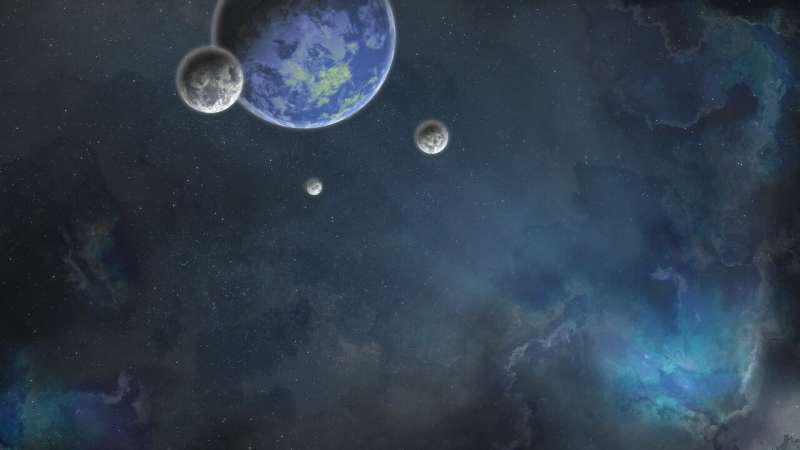Video: Science with Webb: The nearby cosmos

The James Webb Space Telescope (Webb) is designed to answer fundamental questions about the Universe.
One of Webb's key science goals is to study the nearby cosmos: uncovering hidden parts of our Solar System, peering inside dust clouds where stars and planetary systems are forming, and revealing the composition of exoplanets in more detail.
Exoplanets
Thanks to its powerful capabilities at infrared wavelengths, Webb will offer a unique view of the outer planets in our own magnificent Solar System. Looking beyond, Webb will study in detail the atmospheres of a wide diversity of exoplanets.
Webb can study exoplanets as they pass in front of their respective host stars (known as transiting). The tiny fraction of light that passes through the atmosphere interacts with atoms and molecules there. That light then carries information about them, which scientists use to infer conditions such as temperature, chemical composition and formation history.
Webb will search for atmospheres similar to Earth's, and for the signatures of key substances such as methane, water, oxygen, carbon dioxide and complex organic molecules, in the exciting hope of finding the building blocks of life. In this way, Webb will complement ESA's Ariel mission, a space telescope scheduled for launch in 2029 that will study what exoplanets are made of, how they form and how they evolve.
The lifecycle of stars
Webb will determine how and why clouds of dust and gas collapse into stars, or become gas giant planets or brown dwarfs. Observing in the infrared part of the spectrum, Webb will be capable of peering through the dusty envelopes around newly born stars, and its superb sensitivity will allow astronomers to directly investigate the faint, earliest stages of starbirth, known as "protostellar cores."
Throughout their lifetimes, stars transform the Universe's simple elements into heavier elements and spread them throughout the cosmos through stellar winds and supernova explosions, along with the precious heavy metals that enrich the cosmos to form new generations of stars.
Webb will study such supernova explosions, which are explosive deaths of massive stars and are among the most energetic events in the Universe. Webb will also study brown dwarfs: astronomical objects that are more massive than a planet but less massive than a star.
Webb is an international partnership between NASA, ESA and the Canadian Space Agency (CSA).
Provided by European Space Agency




















